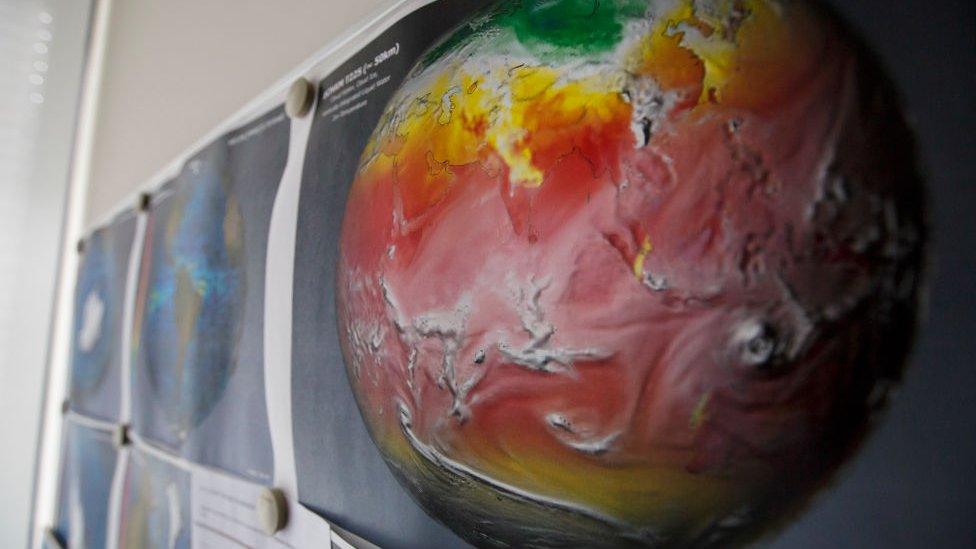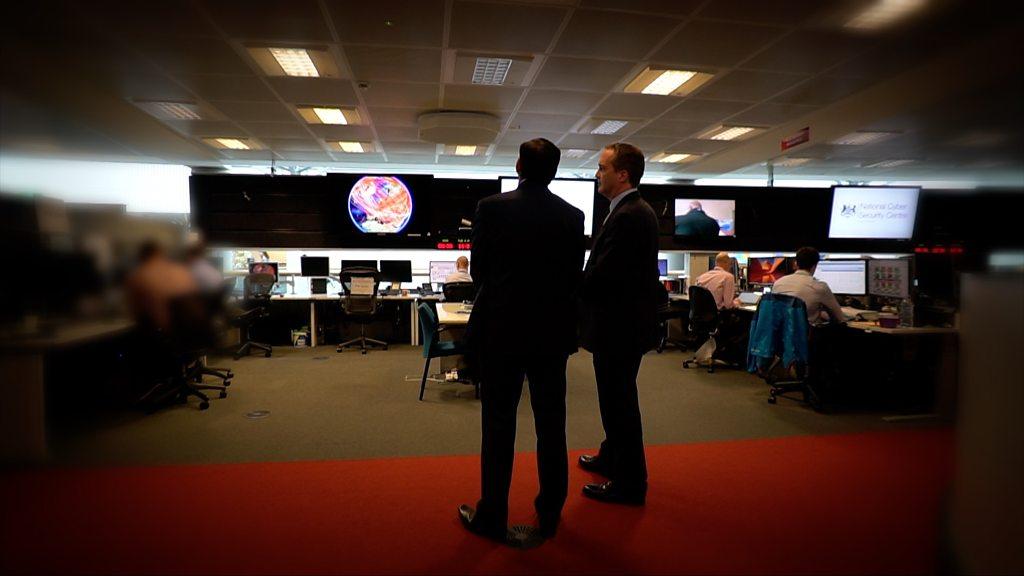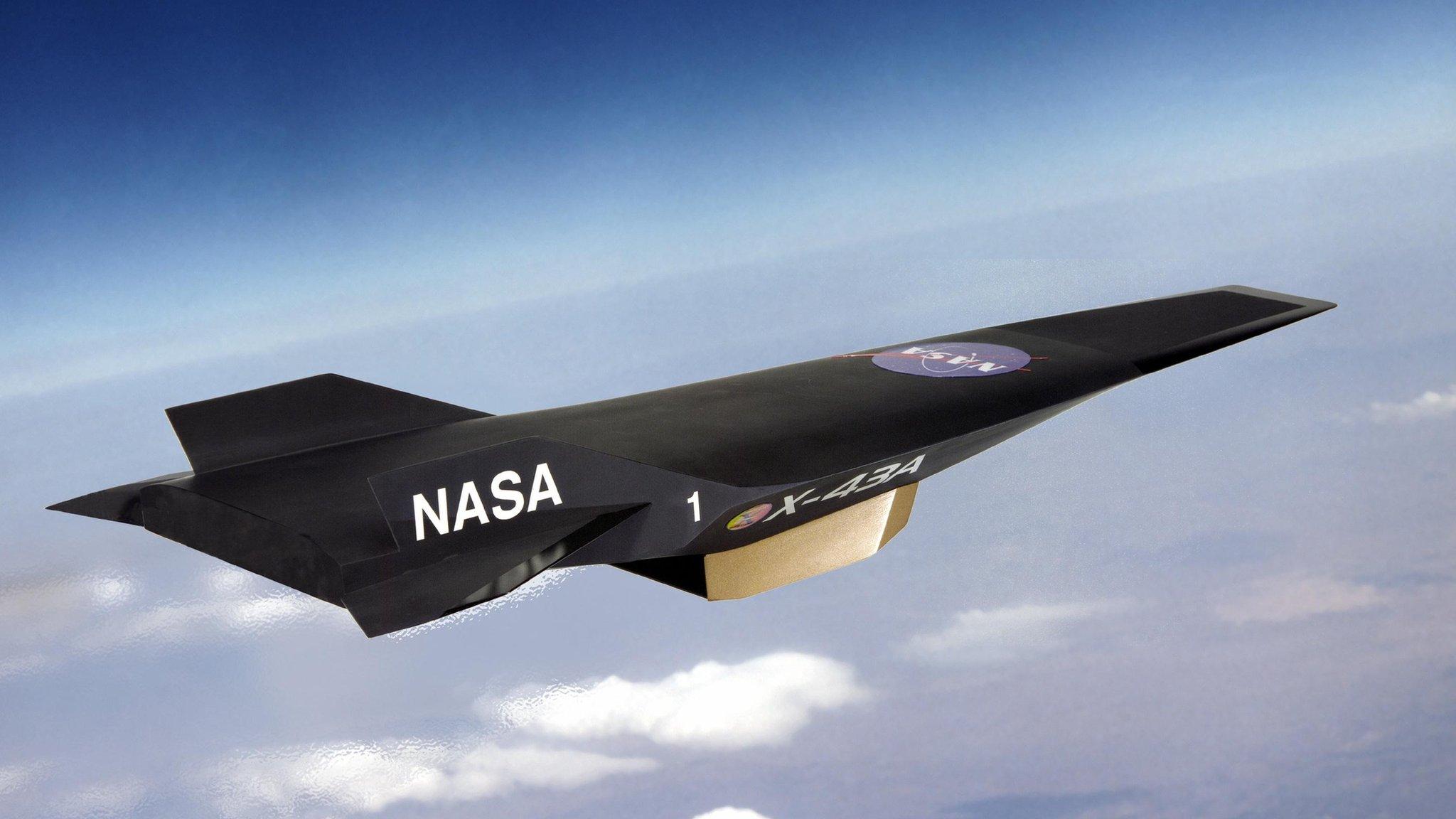Swiss supercomputer edges US out of top spot
- Published

Many supercomputers aid research into global climate change
For only the second time in 24 years, the US has been edged out of, external the top flight of the world's most powerful number-crunchers.
An upgrade to a Swiss supercomputer has bumped the US Department of Energy's Cray XK7 to number four on the list rating these machines.
The only other time the US fell out of the top three was in 1996.
Chinese supercomputers currently occupy the top two slots in the respected Top 500 list.
Power curve
The US machine has been supplanted by Switzerland's Piz Daint system, which is installed at the country's national supercomputer centre.
The upgrade boosted its performance from 9.8 petaflops to 19.6.
The machine is named after a peak in the Grison region of Switzerland.
One petaflop is equal to one thousand trillion operations per second.
A "flop" (floating point operation) can be thought of as a step in a calculation.
Supercomputers are often used to carry out incredibly detailed simulations, handle weather forecasts and tackle problems in physics, computational science and geophysics.
The performance improvement meant it surpassed the 17.6 petaflop capacity of the DoE machine, located at the Oak Ridge National Laboratory in Tennessee.
The US is well represented lower down in the list, as currently half of all the machines in the top 10 of the list are based in North America.
And the Oak Ridge National Laboratory looks set to return to the top three later this year, when its Summit supercomputer comes online.
This is expected to have a peak performance of more than 100 petaflops.
While both the Swiss and ORNL systems can handle huge amounts of data, the Chinese machines in the top two slots are much more powerful.
In second place is China's Tianhe-2 (Milky Way-2) machine , which has a throughput of 33.9 petaflops.
But this is dwarfed by the 93 petaflops available to the Sunway TaihuLight machine at the nation's supercomputing centre in Wuxi.
Japan is currently building a supercomputer, the AI Bridging Cloud, whose number-crunching ability will go beyond the Sunway machine.
Once completed, the AI Bridging Cloud is expected to have a peak performance of 130 petaflops.
- Published9 June 2017

- Published20 June 2016

- Published5 April 2017

- Published4 May 2017

- Published11 April 2017
